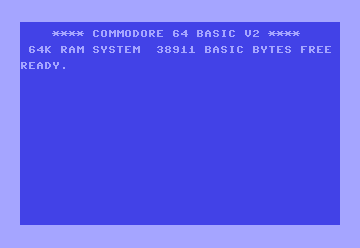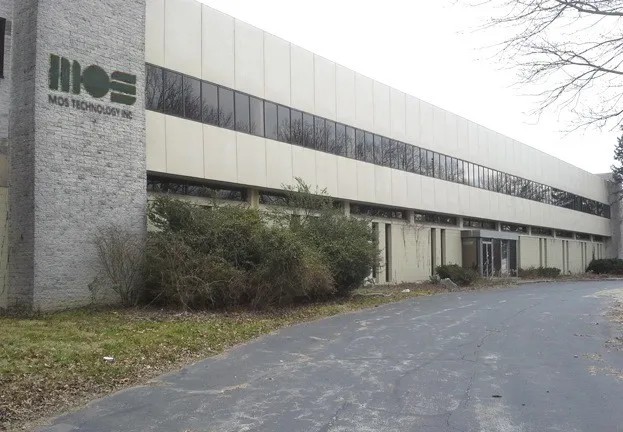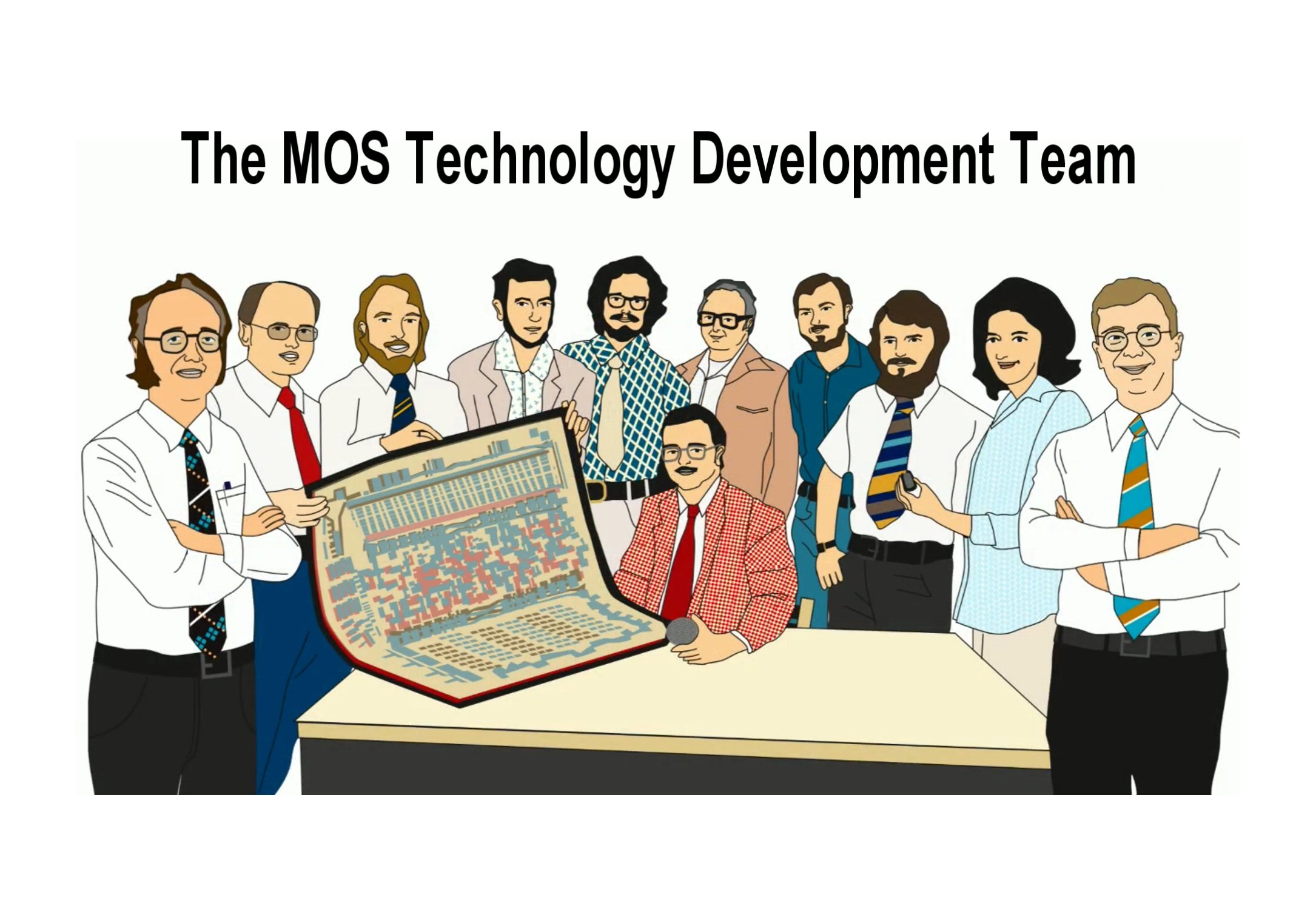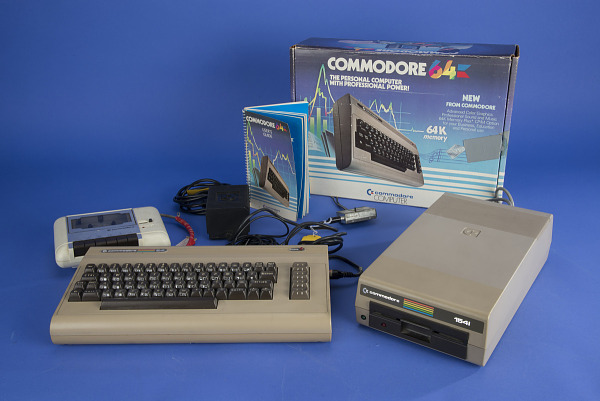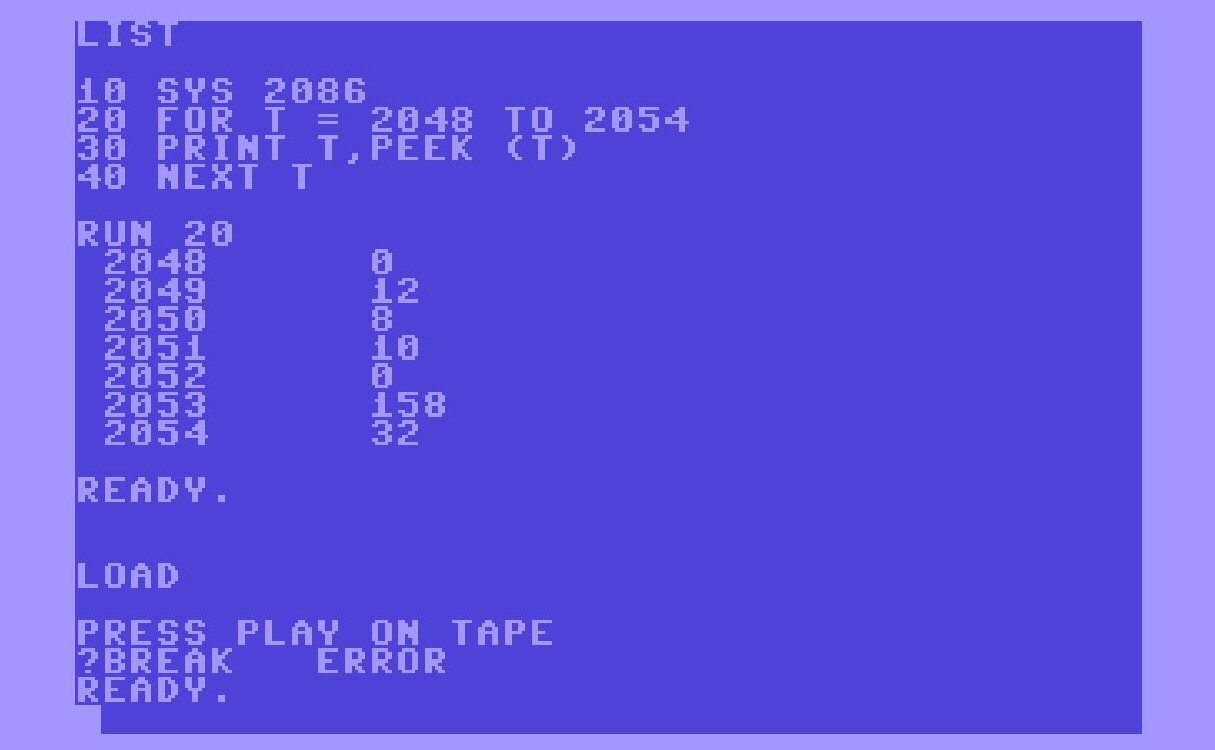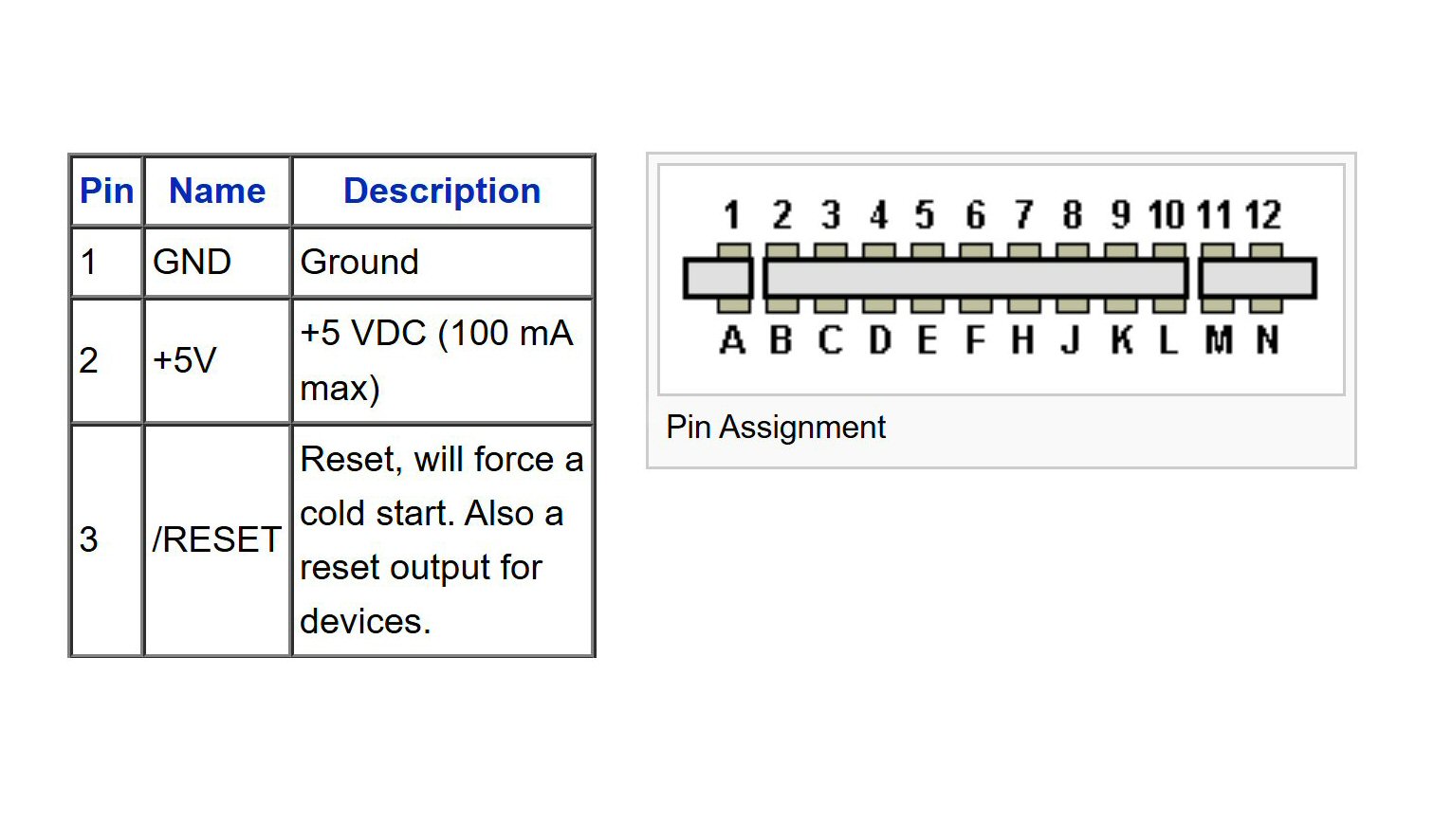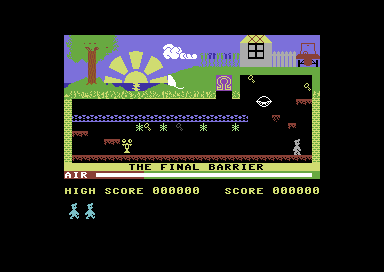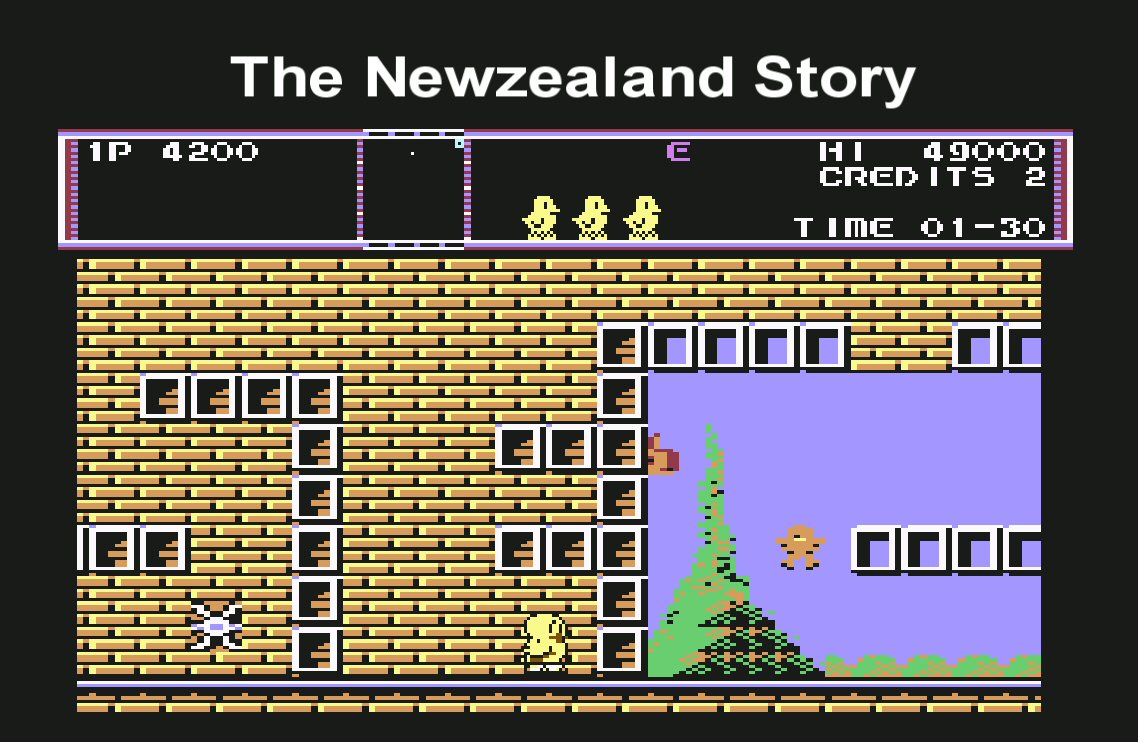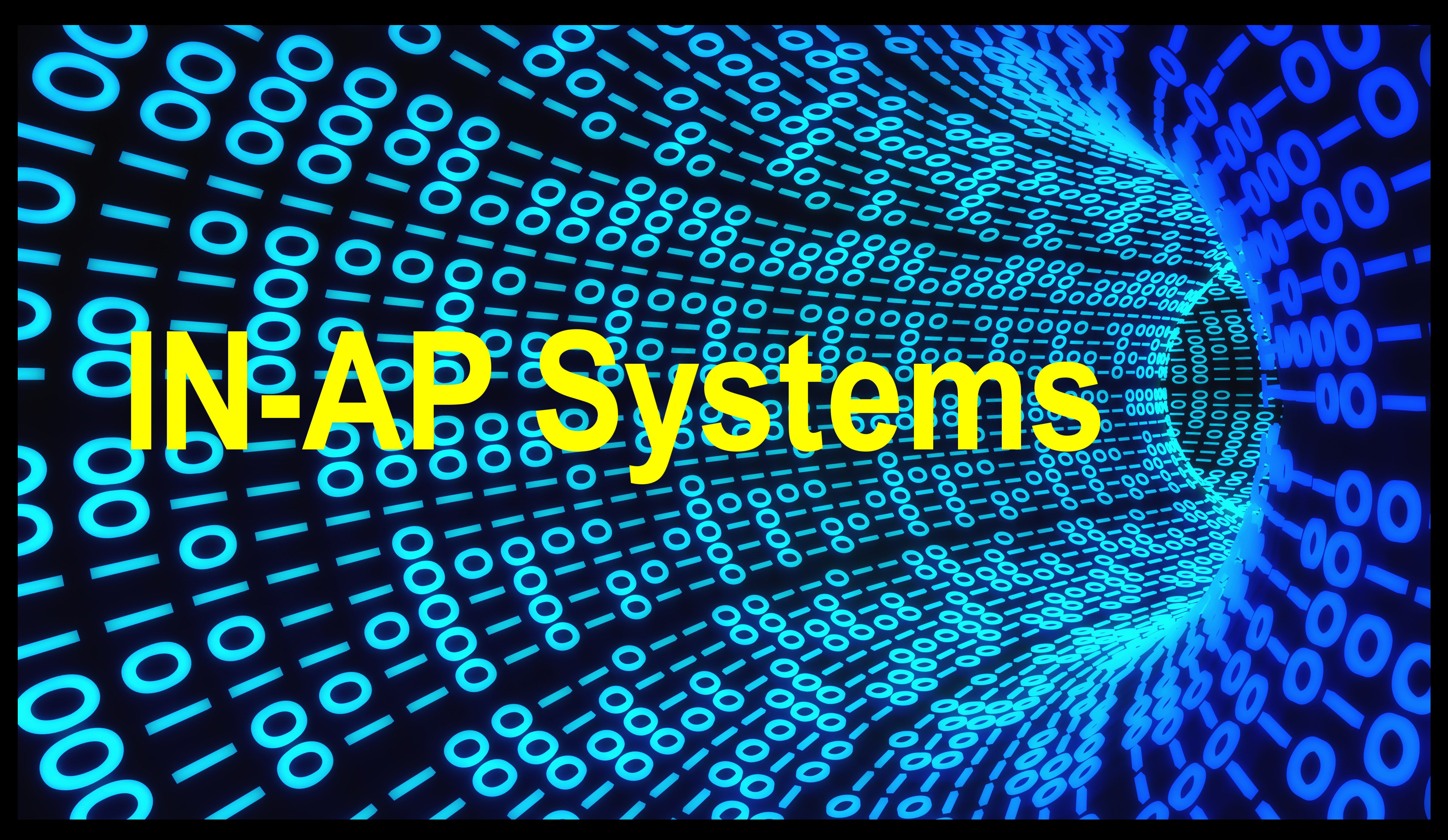This "SKY NEWS" type text will scroll from right to left - Breaking News !! - Hi, my name is Mick the creator of MSTP - I started this website in 1998 27 years ago and it was very basic and i left it for 24 years, , , All code was edited in a TXT file as in the old way and i still do to this day. . . Three years ago i decided to use it and spent one week learning how to code menu's, email contact, paypal\credit card payment, adding video and MP3 playback, and surprised at the play video code being just one short line [video controls="controls" src="LF.mp4"] that was Awesome , , , At first i decided having a guestbook, it worked perfect but a nightmare with people hijacking it posting garbage with nothing to do with my website or it's content, so i removed the guestbook, , , I then decided to have a send E-mail contact option with the form controlled and email sent from the remote web server, a local send is not reliable, , , so then i could receive E-mails from customers or users which is a must for any website.
